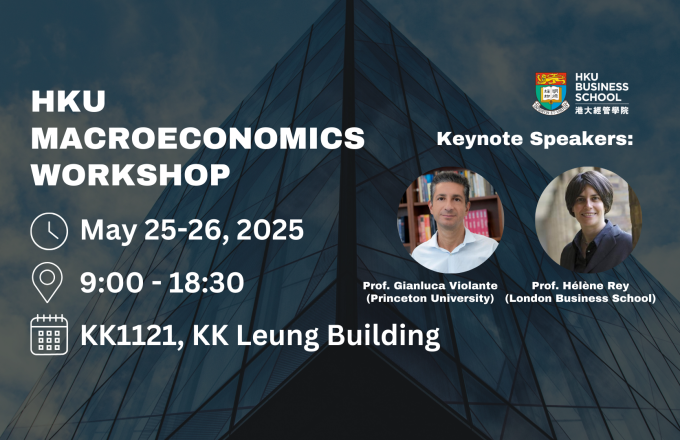The Role of “Live” in Livestreaming Markets: Evidence Using Orthogonal Random Forest
Ms. Ziwei Cong
Ph.D. Candidate in Quantitative Marketing
Hong Kong University of Science and Technology
The common belief about the growing medium of livestreaming is that its value lies in its “live” component. We study this belief by quantifying how the response of aggregate demand to price changes before, on the day of, and after the livestream. We leverage our unique access to rich datasets from the largest livestreaming platform for knowledge goods in China that allows consumers to purchase the recorded version of the livestream. We apply our data in a generalized Orthogonal Random Forest algorithm that can estimate heterogeneous treatment effects in the presence of high-dimensional confounders whose relationships with the treatment policy (i.e., price) and outcome of interests (i.e., demand) are complex but partially known. We find significant temporal dynamics in the price elasticity of demand over the entire product life-cycle. Specifically, demand gradually becomes less price sensitive over time to the livestreaming day and is inelastic on the livestreaming day. Over the post-livestream period, demand is still sensitive to price, but much less than the pre-livestream period. We further provide evidence for the mechanisms driving our main results. We find that consumers value the opportunity of real-time interaction with content creators, the quality level and the quality uncertainty level of the content, when making purchase decisions.











